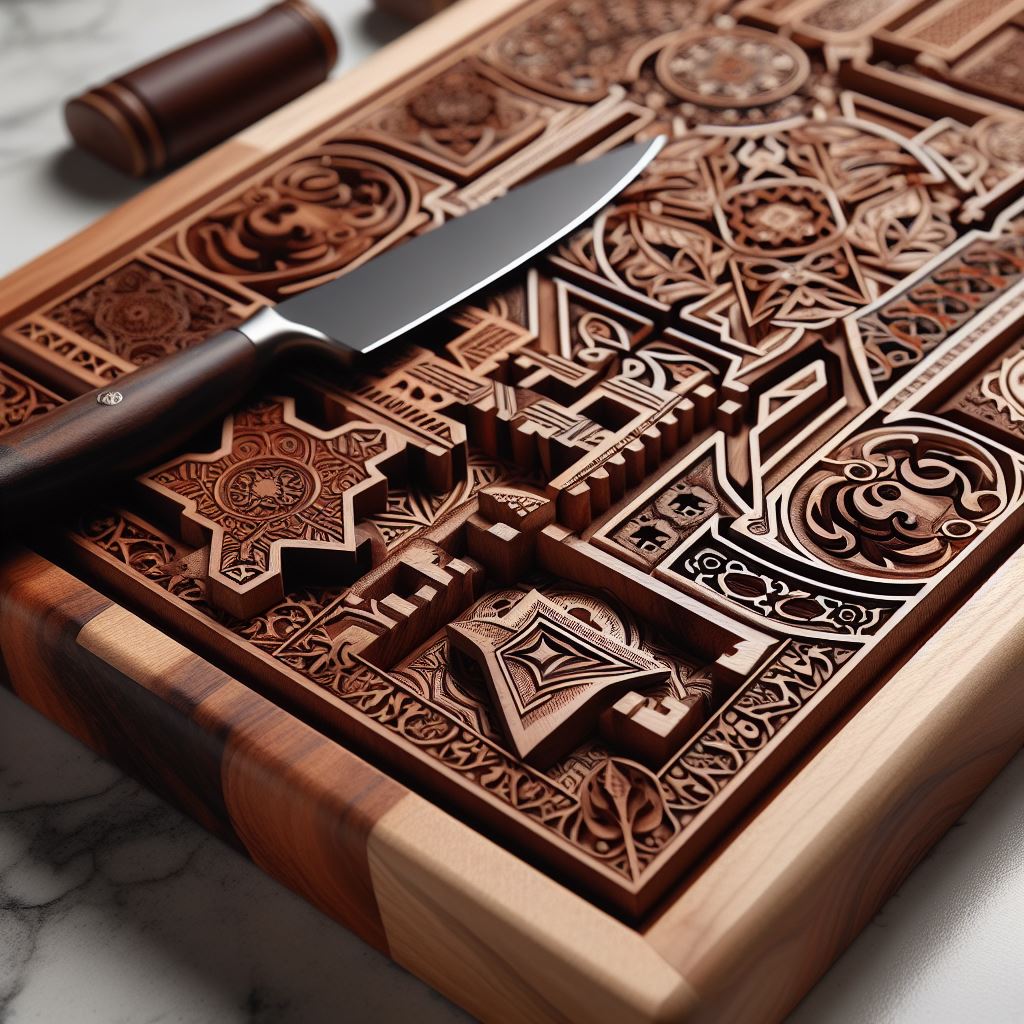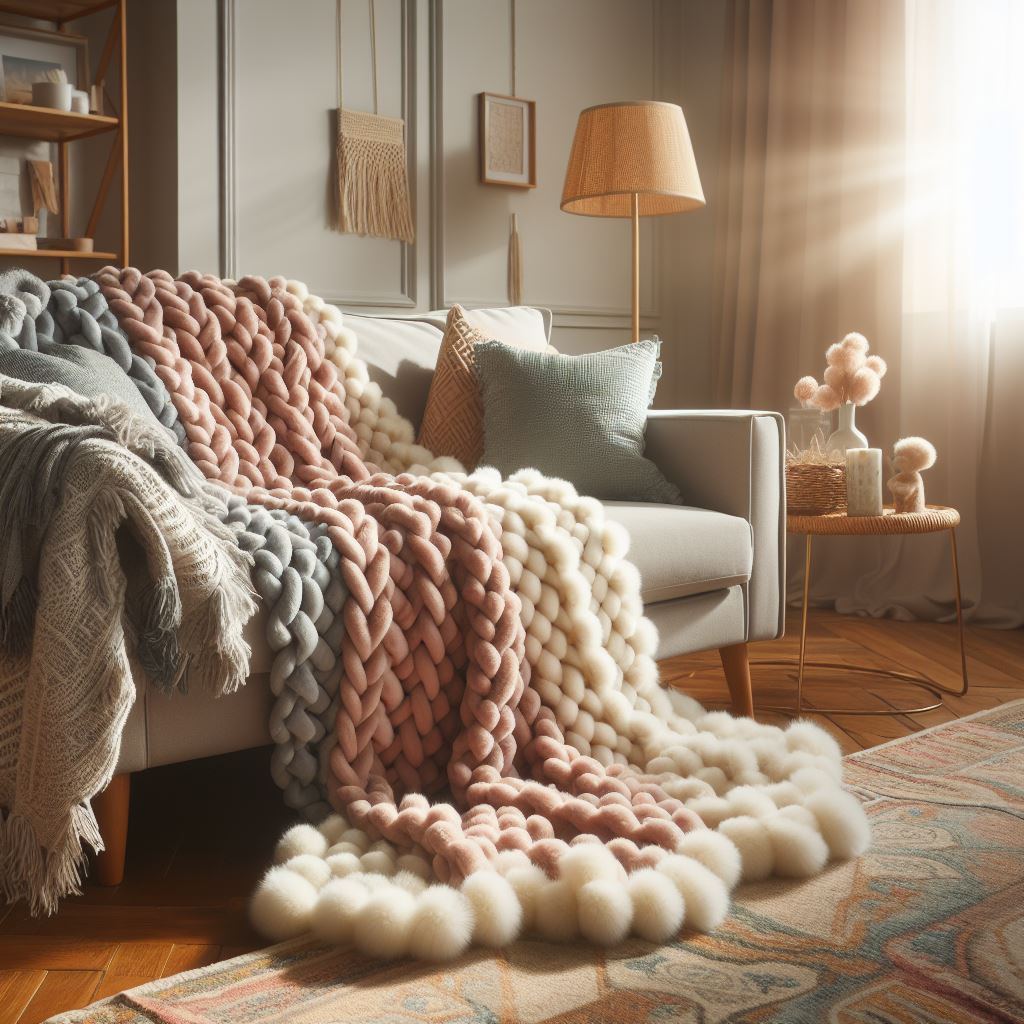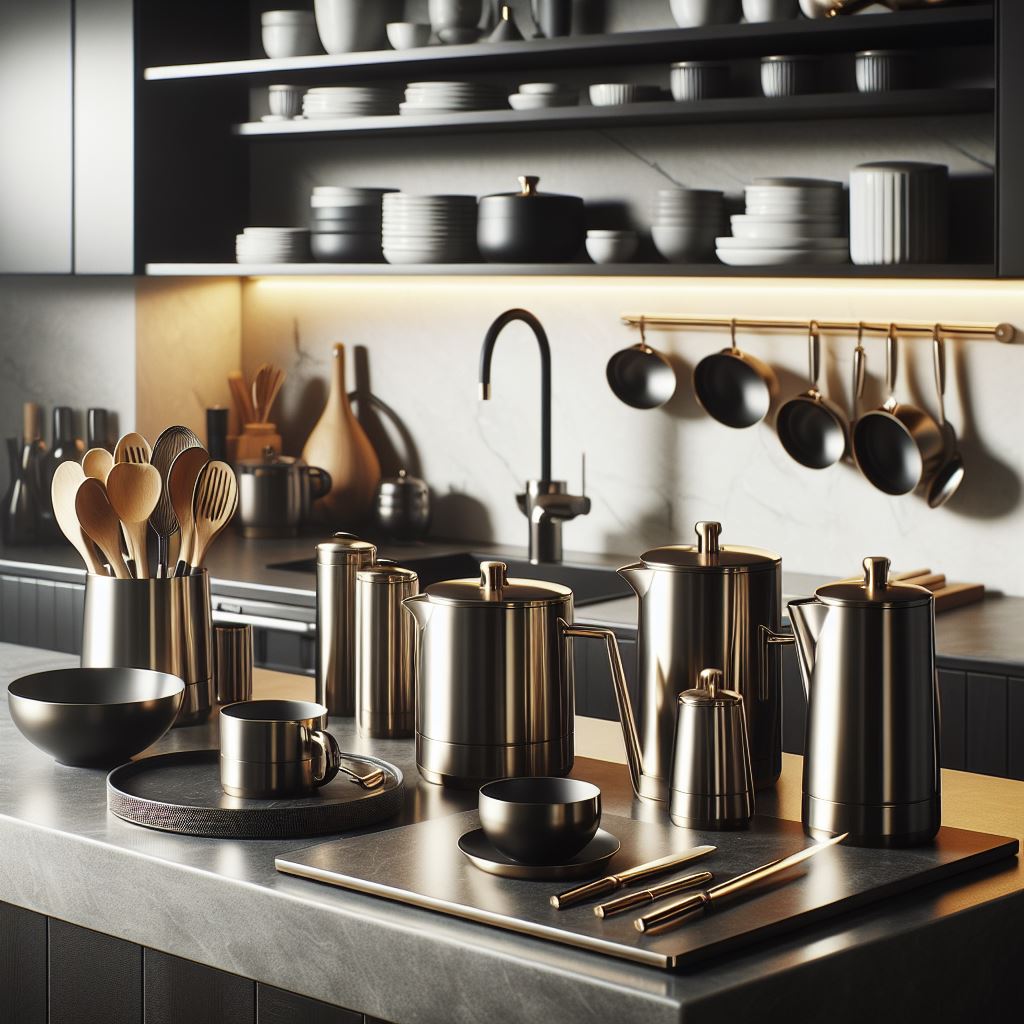When it comes to stylish and functional kitchen accessories, charcuterie boards have become a staple in many households. These elegant boards are perfect for presenting a variety of meats, cheeses, fruits, and nuts, making them ideal for entertaining guests or enjoying a cozy evening at home. But, beyond their aesthetic appeal, one might wonder: can you use a charcuterie board as a cutting board? This question often arises as people look to maximize the utility of their kitchen tools. In this article, we will explore this topic in depth, examining the differences, benefits, and care tips to help you make an informed decision.
At Frawsted Creations, we specialize in crafting custom and personalized home goods that cater to your unique needs. Whether you're looking for a beautifully designed charcuterie board or a practical cutting board, we have you covered. Feel free to send us a message for custom inquiries and to learn more about what we can offer!
Differences Between Cutting and Charcuterie Boards

Understanding the differences between cutting boards and charcuterie boards is crucial for making an informed choice. Although they might appear similar at first glance, their distinct purposes and designs set them apart.
Cutting boards are primarily designed for food preparation. They are made to withstand repetitive chopping, slicing, and dicing. Typically constructed from durable materials like hardwoods (such as maple or walnut), bamboo, or plastic, cutting boards are built to be resilient and easy on your knives. They often feature non-slip edges or grooves to catch juices, ensuring a clean and safe workspace.
In contrast, charcuterie boards are designed with presentation in mind. While they can be made from similar materials as cutting boards, such as wood or bamboo, their primary function is to display an array of foods attractively. Charcuterie boards often showcase intricate designs, unique shapes, and even built-in compartments for various snacks and accompaniments. These boards are typically lighter and more decorative, making them perfect for serving but not necessarily for heavy-duty food prep.
Recognizing these differences helps you use each board to its full potential, maintaining both their functionality and longevity. While it might be tempting to use a charcuterie board for cutting tasks, doing so could damage its aesthetic qualities and reduce its lifespan. Conversely, using a cutting board for serving might not provide the visual appeal you're seeking for your gatherings.
Benefits of Using a Charcuterie Board as a Cutting Board

While charcuterie boards are primarily designed for presentation, there are some benefits to using a charcuterie board as a cutting board in certain situations. Understanding these benefits can help you make the most of your kitchen tools.
Firstly, charcuterie boards are often made from high-quality materials like hardwoods, which are also used in premium cutting boards. This means they can handle cutting tasks without excessive wear and tear. If you're in a pinch and need an extra surface for chopping, a sturdy charcuterie board can serve as a temporary substitute.
Secondly, charcuterie boards usually have a smooth, flat surface, making them suitable for light cutting tasks. This feature can be particularly handy when you're preparing small quantities of food or when your primary cutting board is already in use. Additionally, the aesthetic appeal of a charcuterie board can add a touch of elegance to your kitchen counter, even during food prep.
Moreover, using a charcuterie board as a cutting board can save space in your kitchen. Instead of storing multiple boards, you can utilize one board for both cutting and serving, provided you clean and maintain it properly. This dual functionality can be especially valuable in kitchens with limited storage space.
However, it's essential to remember that these benefits come with certain caveats. Regular use of a charcuterie board for cutting can lead to scratches, dents, and other signs of wear that may detract from its visual appeal. Therefore, while a charcuterie board can be a versatile tool, it's best to use it for cutting tasks sparingly.
Drawbacks to Using a Charcuterie Board for Cutting
While there are benefits to using a charcuterie board as a cutting board, it's equally important to consider the drawbacks to ensure you're making an informed decision.
One of the primary drawbacks is that charcuterie boards are not designed for heavy-duty cutting. They are typically crafted for presentation and light slicing rather than rigorous chopping or dicing. Using a charcuterie board for intensive cutting tasks can lead to deep grooves and scratches that compromise both the board's aesthetics and its structural integrity.
Another significant concern is sanitation. Charcuterie boards often lack the same level of hygienic design as cutting boards. For instance, they might not have juice grooves to catch liquid runoff from meats and vegetables, increasing the risk of cross-contamination. Additionally, the porous nature of some woods used in charcuterie boards can absorb food particles and bacteria, making them harder to clean thoroughly.
Furthermore, charcuterie boards may not provide the stability needed for safe cutting. Many cutting boards are equipped with non-slip features or are designed to stay firmly in place on your countertop. In contrast, the sleek finish of a charcuterie board might cause it to slide around, posing a potential safety hazard when cutting.
Lastly, using a charcuterie board for cutting can accelerate wear and tear, diminishing its visual appeal and lifespan. If you value the aesthetic quality of your charcuterie board for serving guests or display, frequent cutting use can lead to a quicker deterioration of its appearance.
Considering these drawbacks, it's advisable to reserve your charcuterie board primarily for serving and presentation, and invest in a dedicated cutting board designed to withstand the demands of food preparation.
How to Properly Care for Your Charcuterie Board

Proper care of your charcuterie board is essential to maintain its beauty and functionality over time. Here are some key tips to ensure your board remains in top condition:
1. Clean Immediately After Use: After serving, it's important to clean your charcuterie board promptly. Use warm, soapy water and a soft sponge to gently wash the surface. Avoid using abrasive scrubbers or harsh detergents as they can damage the wood's finish.
2. Avoid Soaking: Never soak your charcuterie board in water or put it in the dishwasher. Excessive moisture can cause the wood to warp, crack, or develop mildew. Rinse quickly and dry the board immediately with a clean cloth.
3. Disinfect Naturally: To sanitize your board, consider using natural disinfectants like white vinegar or a mixture of lemon juice and salt. These solutions can effectively kill bacteria without harming the wood. Simply apply, let it sit for a few minutes, then wipe clean.
4. Oil Regularly: Regular oiling is crucial to maintain the wood's luster and prevent it from drying out. Use food-grade mineral oil or a specialized wood conditioner. Apply a generous amount, let it soak in, and then wipe off any excess with a clean towel. Aim to oil your board at least once a month or more frequently if used often.
5. Store Properly: Store your charcuterie board in a dry, well-ventilated area. Avoid placing it near heat sources or in direct sunlight, as extreme temperatures can cause the wood to expand and contract, leading to cracks.
6. Handle with Care: Treat your charcuterie board with care to prevent nicks and scratches. Use it primarily for serving and light cutting tasks. For heavy-duty chopping, it's best to use a dedicated cutting board.
By following these care tips, you can ensure that your charcuterie board remains a stunning and functional centerpiece for your gatherings for years to come.
Conclusion: Making an Informed Decision

In conclusion, understanding the distinctions between a charcuterie board and a cutting board is crucial to making the right choice for your kitchen needs. While both serve essential purposes, their differences in design, material, and intended use can significantly impact their performance and longevity.
Charcuterie boards are designed to be visually appealing and perfect for presenting a variety of appetizers, cheeses, and meats. They are typically made from high-quality wood and often feature intricate designs that can enhance your dining experience. However, due to their decorative nature, they may not withstand the heavy-duty usage required for chopping and dicing.
Cutting boards, on the other hand, are built to handle rigorous kitchen tasks. They are often thicker and more durable, making them ideal for chopping vegetables, slicing meats, and other food preparation activities. Investing in a good quality cutting board can protect your countertops and ensure safe food handling practices.
When deciding whether to use a charcuterie board as a cutting board, consider the intended use and the frequency of heavy-duty tasks in your kitchen. While it's tempting to use one board for all purposes, having dedicated boards for serving and cutting can extend their lifespan and maintain their aesthetic appeal.
If you're still unsure or need a custom solution tailored to your needs, send us a message at contact@frawstedcreations.com for custom inquiries and to learn more about what we can offer!

